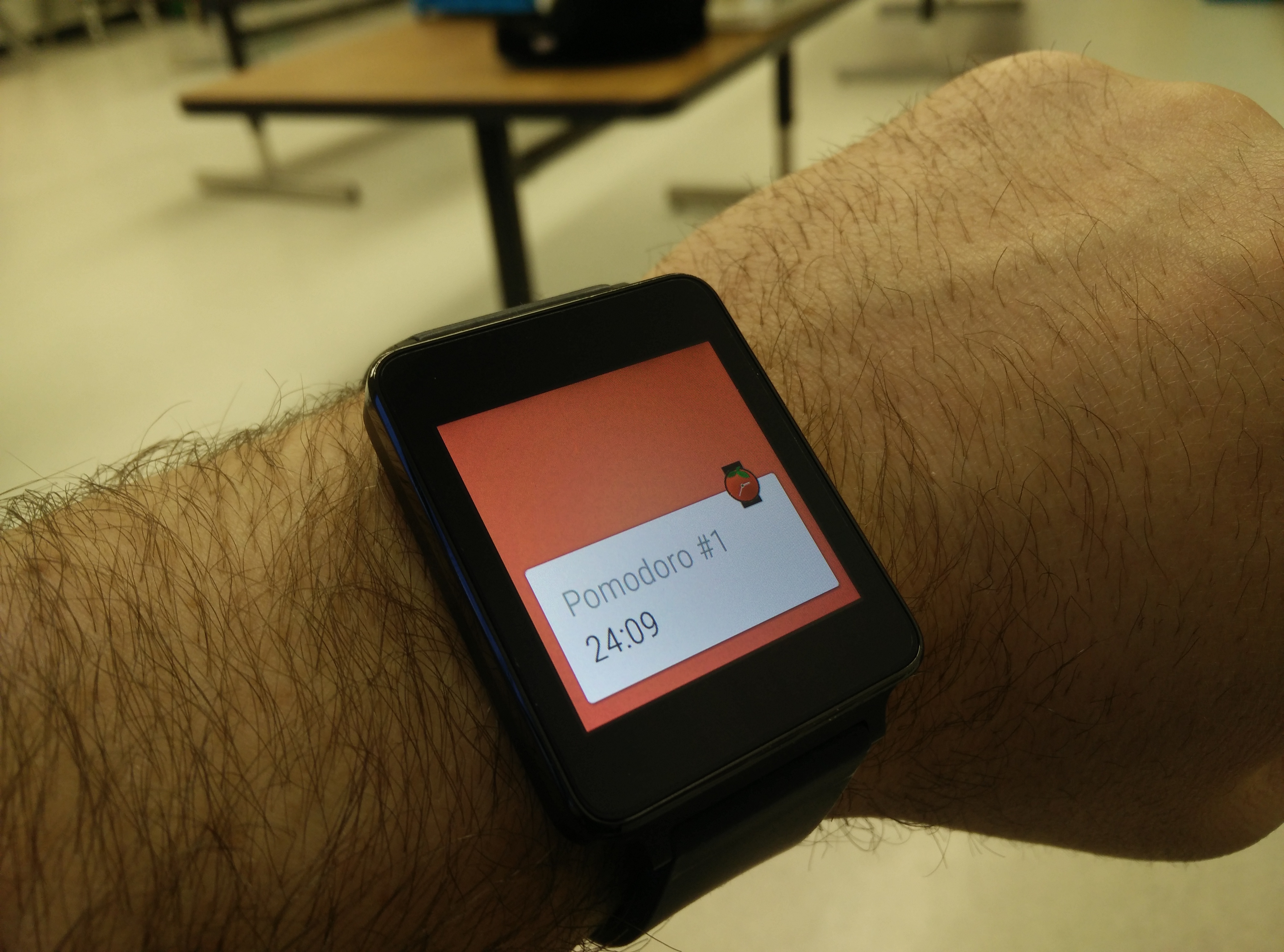I’m currently 7 weeks into my student teaching. Recently, I have drastically changed things in my classroom.
My classroom used to look like the classroom I had when I was a high school student. Students would sit in their desks and take notes (maybe) as I stood up front speaking to them or worked through a problem on the board. A few students would give me their undivided attention and build a decent understanding of the concept. A few students wouldn’t pay any attention at all and secretly text under their desk or have Facebook pulled up on their tablets. And most students would pay attention for as long as they could, lost attention for just a moment or two, and be lost the rest of the lesson. I would employ all sorts of classroom management strategies to keep my students quiet and paying attention. Then I would wrap things up, maybe give them a few minutes to try some problems, if I had finished things quicker than planned. Most of the time, however, I sent them home to try to tackle problems that they should have learned about during class (and some beyond that).
The result? I would end up spending the majority of the beginning of the next class reviewing the problems that students struggled with. Half of the students wouldn’t do the homework, some because they didn’t even try, some because they simply didn’t get it. Then I would move on, and start the cycle again, leaving many students with a weakly developed skill set that they’re expected to build upon in the next section.
In an effort to get out of this rut, I’ve flipped everything upside down.

Now, instead of struggling through the homework, and reinforcing bad/incorrect habits, my students are given a short video to watch and a couple of simple questions to respond to for homework. The questions are designed to allow students to think about what they’re actually watching, and why things are done the way they are. My favourite question so far has been “If you’re going to make a mistake doing this, where will it be and what is your plan to avoid it?”. The homework should usually take 10-20 minutes, much less than the “old” way.
Class is a completely different environment now. We start class by discussing a few of the points from the material the night before. I can then set students loose on a sheet consisting of a variety of questions related to the concept we’re covering. Students try things out and when they encounter problems, they can ask a classmate or they can ask me for help before they just begin to develop bad habits. I also have all the solutions posted on the wall for any student to see, and compare their answers to. By doing this, I have nearly eliminated the “Is this right?” question and replaced it with students trying to find their own mistakes and the odd “Where did I go wrong?”. The students who don’t need my help fly through the material and I have higher difficulty problems ready to challenge them when they do, and the students who need a little more help get extra one-on-one time they wouldn’t have had otherwise.
In my old classroom, if a student “forgot” to do the homework, they slowly fell further and further behind, unable to build upon previous concepts. Now, if a students “forgets” to do the homework, they either put in headphones or go into the hallway to watch and catch up. They return to class in no time, and start working with their peers.
Although I don’t think a “flipped” classroom should be chosen over quality inquiry-based or problem-based learning, it has proven to be a very effective way to teach concepts effectively, especially concepts like exponent laws and polynomial operations.
Note: all my current students have their own school-supplied tablet computer and access to internet in class and at home.
Image from Flickr: ![]()
![]()
![]() Some rights reserved by Hani Amir
Some rights reserved by Hani Amir



I’ve read a lot about flipping classrooms lately and I really like this concept. I’m glad to see that you’re trying new things and you found something that works for your class. Every situation is a little different, so this system won’t always work but when it does, it seems fantastic!
My situation is a bit different based on the courses that I teach, but I have been trying to switch up my teaching strategies by putting everything online and creating PDFs of instructions instead of standing at the front of the class or behind the computer trying to show the students what to do. This puts the learning in the hands of the students and still allows them to ask questions as they work. Also, if the student has to miss a day they are easily able to catch up or complete the work at home.
Glad to hear your internship is going well!
So you did try flipping the classroom huh? I look forward to hearing lots more about how it worked and when it didn’t.
“It ain’t what you don’t know that gets you into trouble. It’s what you know for sure that just ain’t so.” – Mark Twain
I found this on Youtube awhile about that got me thinking about teaching concepts through videos. When students learn in class, I can assess for prior knowledge, build on it and hopefully change misconceptions. If students learn from a video at home, they may feel like they understood but if their misconceptions are not addressed they likely don’t.
I found a video that explains much better the point I was trying to make:
Khan Academy and the Effectiveness of Science Videos